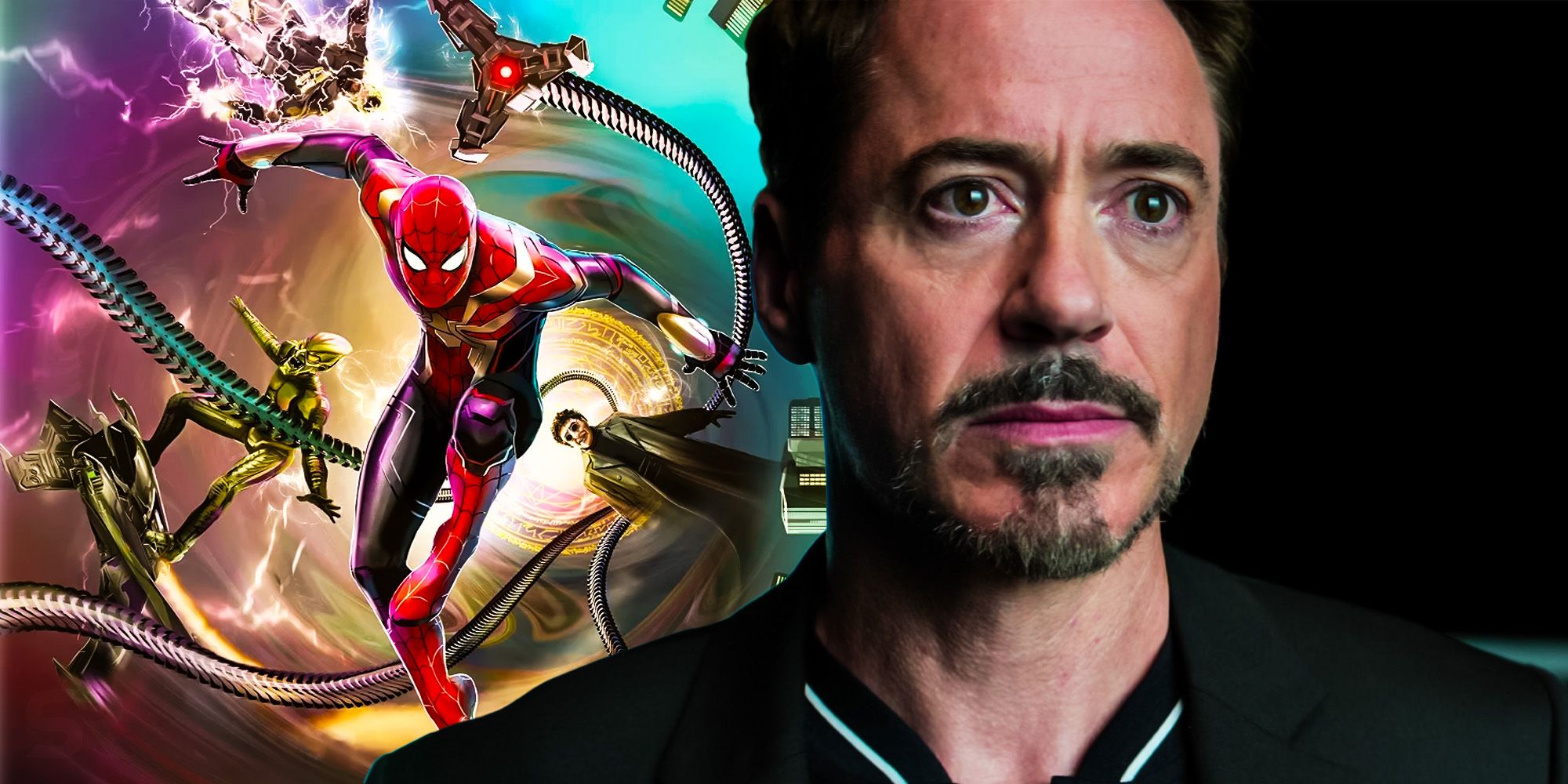
Spider-Man: No Way Home broke plenty of traditions for both the Marvel Cinematic Universe and the character of Spider-Man as a whole, especially when it came to the villains. Not only was it the first MCU movie to feature the multiverse, allowing these rogues to come through, but it brought past iterations together in a way that hadn’t been done for the character in live-action before. The return of five different big-screen villains from pre-MCU continuities was a big part of how this broke new ground. Beyond just them simply appearing together, however, these returning baddies managed to break a specific tradition the MCU had established with its villains for Peter Parker up to that point.
Unlike the previous films in Tom Holland’s trilogy, which each had one main villain at the center of its story, No Way Home relied on what was essentially an ensemble of rogues. Due to a Doctor Strange spell that went wrong, the multiverse was finally opened up to allow these visitors to cross over into the MCU’s world. They were comprised of the Green Goblin, Doctor Octopus, and Sandman from the Sam Raimi Spider-Man trilogy, and the Lizard and Electro from Marc Webb’s The Amazing Spider-Man films.
At first glance, that difference with these villains may seem obvious; the last two films had main villains who were making their live-action debuts, whereas this group had all been in their own Spider-Man movie years beforehand. While that certainly is true, there’s a more specific way in which this group differed from Vulture and Mysterio. Whereas the latter two were essentially created by Peter’s mentor, Tony Stark, the late Iron Man did not factor into No Way Home‘s villain origin stories.

The tradition began with Peter’s first solo MCU outing, Spider-Man: Homecoming, which saw the Vulture blame Stark for forcing his construction crew out of business, leading Vulture to believe that Stark didn’t care about average, working-class people like him. The trend continued with Spider-Man: Far From Home, as Mysterio was a former Stark Industries employee who hated his late boss for naming his advanced hologram project B.A.R.F. and firing him for being “unstable.” In direct contrast to those villains’ motivations, however, none of the antagonists from No Way Home had any sort of grudge against Stark, as they weren’t even from this universe. In fact, since none of the Raimi or Webb films had mentioned or even hinted at Tony Stark or Iron Man, it’s entirely possible that the character doesn’t exist in either universe.
While No Way Home‘s villains originated outside the MCU and thus never encountered Stark, that doesn’t mean their journeys weren’t still affected by him. Several pieces of Stark Industries technology played key roles in shaping their journeys in the film, whether for better or worse. Peter may not have been able to subdue Doc Ock if not for him absorbing the nanotechnology from the Iron Spider suit, but Electro received a major power-up via the arc reactor that was powering the fabricator in Happy Hogan’s condo. That fabricator was also used to create the inhibitor chip that finally restored Octavius’ mind from the invasive AI in his robotic arms.
It’s clear that Tony Stark will always have a major impact on Spidey in the MCU. But after two movies of this influence being front-and-center in Peter’s journey, No Way Home truly allowed Spider-Man to move beyond Iron Man in better establishing his own legacy. Peter will never forget how Tony helped him become the hero he turned out to be, but it would’ve ultimately felt repetitive to keep hammering this point home in every single Spider-Man movie. Although so much has already been done with Peter on film, Spider-Man: No Way Home proves there is still so much untapped cinematic potential for the web-slinger, including a whole host of villains waiting for either their live-action debut or for a new interpretation. Whatever the future holds for Spider-Man in the MCU, it’s refreshing to know that the next group of foes doesn’t have to be restricted to a single main motivator.















































